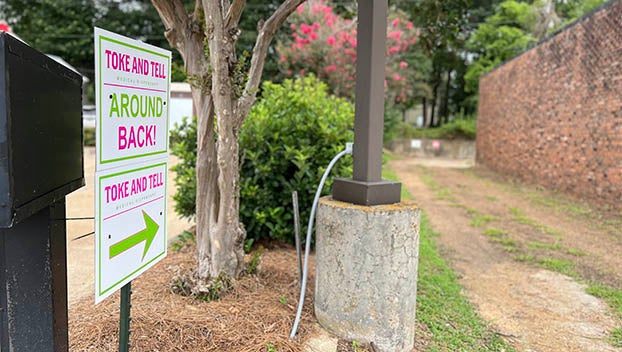Sheriff concerned about jail space after consolidation with city
Published 12:38 am Tuesday, February 6, 2018
NATCHEZ — In the approximately 30 days since the city and county jails consolidated, 28 city inmates have been held in the Adams County Jail.
Sheriff Travis Patten presented his first-month report on the jail consolidation Monday at the Adams County Board of Supervisors meeting.
The average stay of an inmate, Patten said, was 15 days, and Patten said the longest stay so far was 23 days.
Each night’s stay costs the city approximately $30 per inmate; the city’s bill month was $4,140.
At that rate, the city pays for approximately five inmates in the jail each night.
Before the merger, Patten said the jail held approximately 60 inmates per month. Now, with that number increased by a third, Patten said he fears space is running low.
“They thought the average inmate would be housed a day, but it’s not,” Patten said. “Some of our inmates are in related cases or sometimes a victim of one crime gets arrested, and those people cannot be in the same cell block.”
The issue of space is not easily fixed, but Patten said some problems with the consolidation have been easily resolved.
One early problem Patten said he identified was the transportation of inmates to hospitals.
Though only two city inmates had to be transported — one who had mysterious ear pain in his head and another who was in the midst of cancer treatments — Patten said he was not initially happy with the process.
“They don’t transport as quick as we do,” Patten said. “If we feel like an inmate needs medical treatment — I don’t care if he’s city or county — it’s my job to protect him.”
Natchez Police Chief Walter Armstrong said the main misunderstanding stemmed from a difference of opinion.
The individual with ear pain, Armstrong said, had already been checked out by the jail nurse when the city officer chose to delay his visit to the doctor for the next morning.
After visiting the doctor the next morning, instead of being taken to the emergency room as the inmate requested, Armstrong said his condition was deemed to be non-urgent and he was taken back to the jail.
“We certainly want to make sure inmates are seen and get the care they need,” Armstrong said. “We just didn’t see this as an emergency — and we were right.”
Patten said he and Armstrong met to talk about procedure when inmates request medical service.
“We just sat down and had a sensible talk about when city inmates should be taken to the hospital,” Patten said. “It doesn’t happen often, so we crossed that bridge early.”





